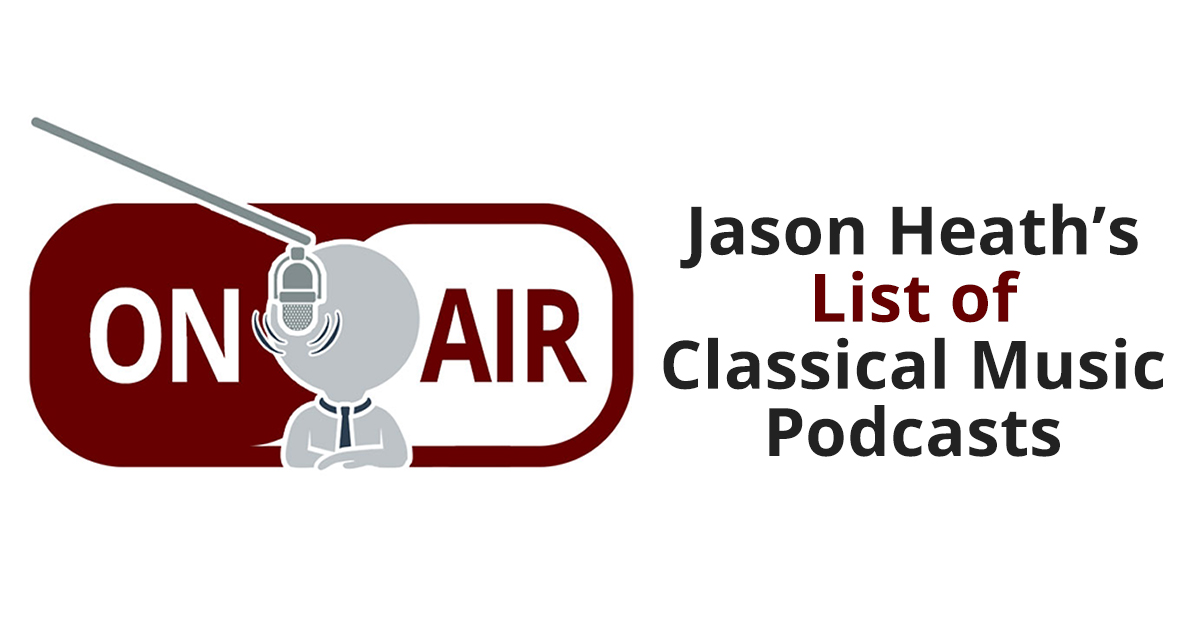It’s been a busy summer so far here in Dayton, as well as a hot one! As of July 1, the Dayton Ballet, Dayton Opera, and Dayton Philharmonic Orchestra are now one organization – the Dayton Performing Arts Alliance, the first merged ballet company, opera company, and symphony orchestra in the United States. When Drew contacted me about writing a guest column a few weeks ago, I thought I would use this opportunity to provide an inside look at how our merger came about.
Merger Partners – background
First, here are some quick facts about the three merger partners:
Dayton Ballet – 75 years old
- 2nd oldest ballet company in the US.
- 18 professional dancers in company; has affiliated ballet school with two campuses and a non-professional training company.
- Four productions per year.
Dayton Opera – 51 years old
- Four productions per year; 3 fully-staged operas and one star gala.
- Artist-in-residence program is nationally recognized for training of young singers.
Dayton Philharmonic Orchestra – 79 years old
- 76 performances of approximately 36 different programs each year.
- Education program reaches nearly 50,000 students each year.
Why merge?
 So, with three partners, each with their own proud history, what brought us together? First, in the aftermath of the 08-09 economic downturn, all of us were concerned about our long term financial viability, and concerned about preserving the legacy of each organization. The economic base that built these organizations, rooted in the heavy industries of Dayton’s past, has changed. This is a familiar story all throughout the industrial Midwest, and it impacts participation at all levels, including both donations and ticket sales. Making matters worse, the “Great Recession” brought drops in foundation, corporate, and governmental funding, as well as losses in endowment funds.
So, with three partners, each with their own proud history, what brought us together? First, in the aftermath of the 08-09 economic downturn, all of us were concerned about our long term financial viability, and concerned about preserving the legacy of each organization. The economic base that built these organizations, rooted in the heavy industries of Dayton’s past, has changed. This is a familiar story all throughout the industrial Midwest, and it impacts participation at all levels, including both donations and ticket sales. Making matters worse, the “Great Recession” brought drops in foundation, corporate, and governmental funding, as well as losses in endowment funds.
In order to weather the storm, all three organizations had cut programs, salaries, and staff. This, however, was a stop-gap measure, not one that would solve our long-term problems. Expense cuts are often necessary for the short term, but can come at the expense of the long term, if those cuts reduce artistic and/or administrative capacity. It is something of a cliché, but a true one: you can cut your way to a balanced budget for a year or two, but you can’t cut your way to success.
All three organizations were looking for a real game-changer. So, with all this in mind, we noted a number of reasons why it made sense to explore a merger. All three organizations were producers of performing art with artists resident in the community. All three were rooted in traditional art forms using orchestral music. The orchestra was already playing for the opera, and, even though the ballet had not used live music on any regular basis for years, the centrality of the orchestra to the three art forms provided a strong reason to work together. And finally, all three organization had an existing track record of successful collaboration.
While economic challenges got the discussions started, we quickly realized that what was really intriguing was the potential artistic opportunity the merger presented. It was a chance to collaborate in new ways, planning our seasons side by side, that had not been possible before. We saw funding opportunities, as well – from sources local, regional and national that would have not been interested in us in our old models, doing business in our traditional ways.
Merger Timeline
The idea was first raised by the DPO’s Music Director, Neal Gittleman, in the summer of 2010. The three board chairs and three executive directors began meeting regularly that September. With the support of The Dayton Foundation, we engaged a consultant, Strategic Leadership Associates, to do a preliminary phase, in which we would consider various merger options and decide which one we wished to pursue.
By January 2011, that first phase was complete, and we knew that we wanted to pursue a full-fledged merger, rather than a shared services model or other more cautious form of integration. It was a classic case of the highest risk being associated with the highest potential reward. We took that to our Boards, and all three voted to move forward with a second phase, the objective of which would be to develop an actual business case and business plan for the merged organization, including board and staff structure and detailed financial projections.
A Steering Committee, made up of board leadership and executive and artistic directors from the three organizations, met all through 2011 to formulate a comprehensive merger plan. The resulting 75 page document was presented to the three boards for their review in November 2011. In addition, five “Stakeholder Forums” were held in December to obtain further feedback from groups including major individual donors, institutional funders, volunteer associations, corporate members, and employees. With the stakeholder feedback included, the final merger plan was completed in late January 2012.
Final Steps
At that time we received the exciting news of a $750,000 commitment from an anonymous national foundation, should we move ahead with the merger. This would be paired a $500,000 gift from The Dayton Foundation, also contingent on our moving forward.
The three boards approved the merger plan and voted to go ahead in the first week of February. We then set to work on a whole range of transition issues, including legal due diligence, staff transition, board transition, and planning of future seasons. A six person nominating committee – 2 from each organization – worked throughout the spring to identify the new Board, to be made up of 36 members, plus three ex-officio voting members who are the leaders of the affiliated volunteer organizations –the Opera Guild of Dayton, the Dayton Philharmonic Volunteer Association, and Dayton Young Classics.
When we began this process, there were over 100 board members between the three organizations. It’s a tribute to the work of our nominating committee that this selection process was accomplished thoroughly, effectively, and with a minimum of bruised egos!
Final merger paperwork was filed with the State of Ohio on June 28, and as of July 1, the Dayton Performing Arts Alliance became a reality. The DPAA will operate with a full time staff of 22, including our 3 artistic directors, and a part-time staff of over 100, including 83 musicians and 18 ballet dancers.
So how did we make all this work?
Stop by tomorrow for part 2 to find out!


Paul, what was the effect on your staff? Were they apprehensive about taking on so much more? How did you reassure them?
There was some apprehension, certainly, on the part of all employees of the three merger partners. We tried to be as transparent and open about the process as we could, and stressed that we saw the merger as an opportunity to build a stronger team – not to eke out further savings at the expense of the staff.